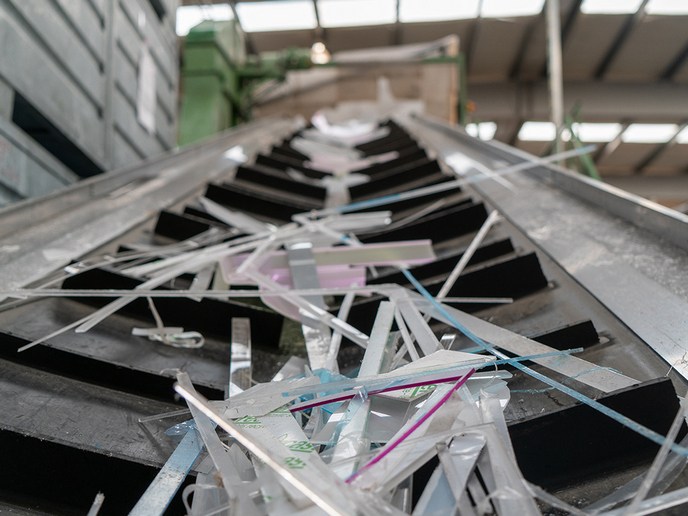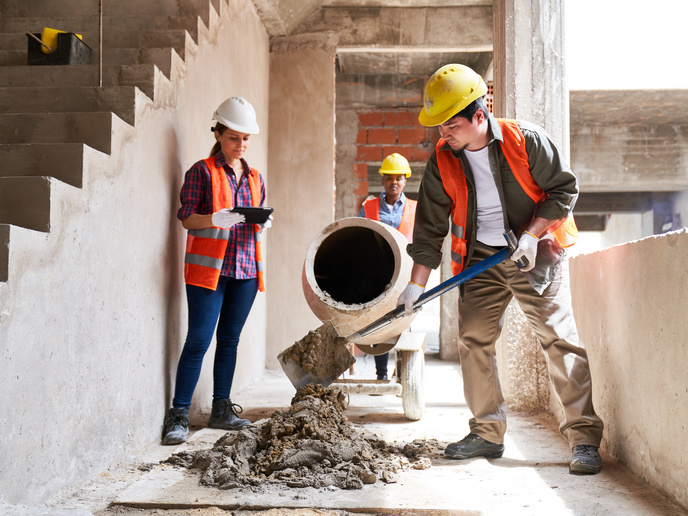An e-coat for airframe components
This new e-coat contains near-zero volatile organic compounds or other hazardous pollutants and no heavy metals. It is the result of the EU-funded project CR FREE EPAINT (Development of a non chromated, Reach's compliant anodic electropaint, with very low volatile organic compounds, for high protection against electrochemical corrosion of pickled aluminium alloys used). Since they pioneered e-coating in 1963, project partners have been at the forefront of every advancement in the use of the technology. E-coating is essentially a bath process. Conductive substrates are immersed into an electrically charged paint bath. The paint particles are electrically drawn to the substrate, depositing a tightly packaged insulated layer. In the end, the substrate is baked. Within CR FREE EPAINT, their research and development team engineered an anodic e-coat for use on a variety of common aerospace substrates, including the 2024 aluminium alloy. The result was a high-quality product that guarantees maximum paint adhesion while ensuring outstanding corrosion protection. A pilot-scale e-coating system was developed to demonstrate that the new e-coat is fully compatible with standard pretreatments and topcoats used in the aerospace industry. The construction of this 'mini-coater' allowed researchers to explore practical aspects of the e-coating process under realistic operational conditions. Importantly, they evaluated and optimised key process parameters. In the search of alternative technologies to replace chromium-containing paints and pretreatments, the aerospace industry has had little success. The main challenge is to reach service lifetime longer than 30 years in laboratory tests. CR FREE EPAINT work offers concrete evidence that anodic e-coating is the technology airframe manufacturers have been looking for.







